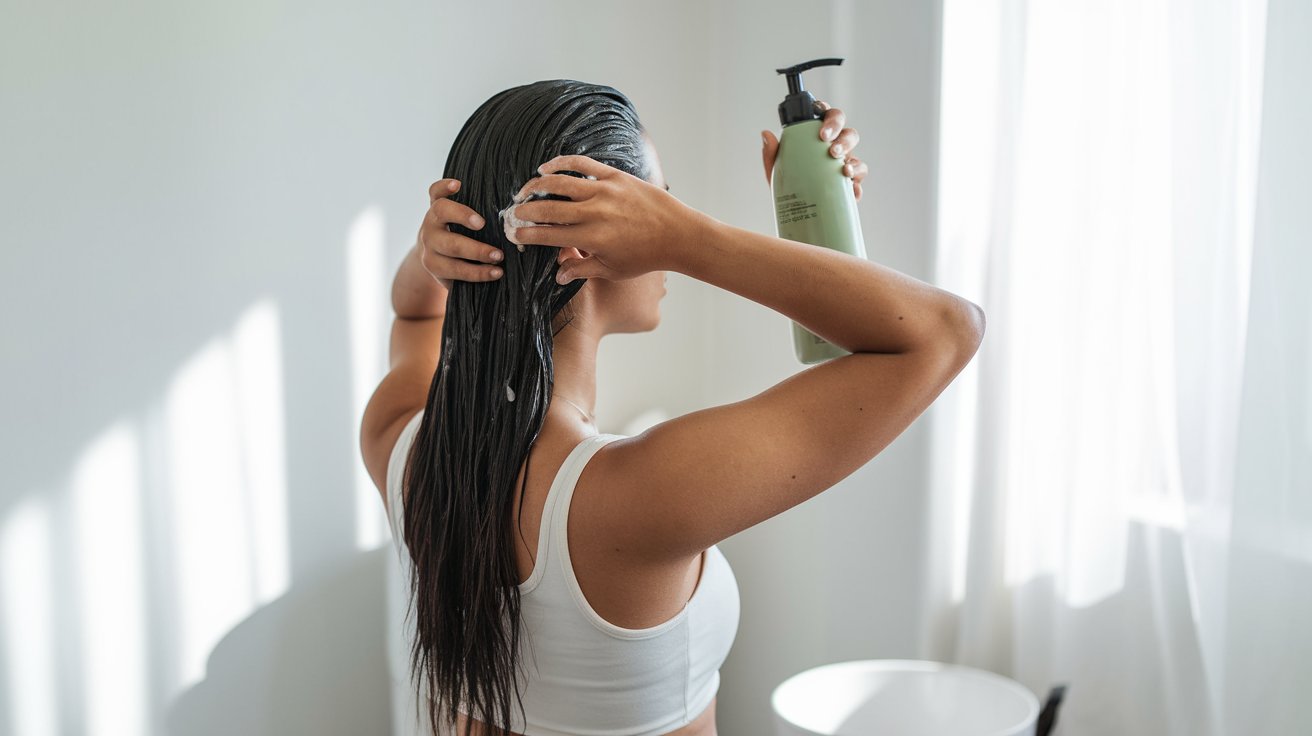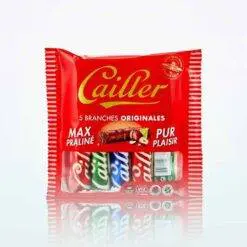How to Use Conditioner for Maximum Hair Benefits
Conditioner is essential in any hair care routine, yet many people overlook its full potential. When used correctly, conditioners can transform the health and appearance of your hair, making it softer, shinier, and easier to manage. In this guide, we’ll walk you through everything you need to use conditioner for maximum hair benefits. From selecting the right product to applying it correctly, you’ll gain insight into achieving your best hair yet.
Why Conditioner Is Important for Hair Health
Conditioner helps restore moisture, balance pH, and strengthen hair strands, which are often depleted from environmental exposure, styling, and shampooing. It seals in moisture, smooths the cuticle, and adds elasticity, reducing the likelihood of breakage. Using a product like a Repair Restoring Conditioner can go a long way in protecting and nourishing hair, especially if it’s prone to damage.
How to Choose the Right Conditioner
Selecting the right conditioner is key to maximizing its benefits. Here’s a breakdown of conditioners suited for different hair types:
- Fine Hair: Choose a lightweight, volumizing conditioner. Heavy formulas can weigh down fine hair, making it appear flat.
- Curly or Coarse Hair: Opt for rich, hydrating conditioners that reduce frizz and define curls. Look for ingredients like shea butter, coconut oil, or argan oil for added moisture.
- Color-Treated or Damaged Hair: A deep conditioner or repairing conditioner, like the Repair Restoring Conditioner, can help mend broken strands and retain color.
- Oily Hair: Choose a conditioner focused on hydration without added oils, as too much moisture may weigh down your hair.
Steps to Using Conditioner Effectively
Getting the most out of your conditioner involves following a few key steps:
Step 1: Shampoo Thoroughly
Always start with clean hair. Shampooing removes dirt, oil, and product buildup, creating a clean slate for the conditioner to penetrate effectively.
Step 2: Squeeze Out Excess Water
Before applying conditioner, gently squeeze out excess water from your hair. Excess water can dilute the conditioner, making it less effective.
Step 3: Apply Conditioner
Dispense an appropriate amount of conditioner (about a quarter-sized amount for short hair and more for longer hair) and apply it evenly. Start from the mid-lengths and work your way down to the ends, where hair tends to be driest. Avoid the roots if your scalp is prone to oiliness.
Step 4: Let It Sit
Allow the conditioner to sit for 2-5 minutes. This gives the product time to penetrate the hair shaft and provide its moisturizing and reparative benefits.
Step 5: Rinse Thoroughly with Cool Water
Rinse your hair with cool or lukewarm water to seal the cuticle, which locks in moisture and enhances shine. Avoid hot water, as it can strip moisture and leave hair dry.
Additional Tips for Maximizing Conditioner Benefits
Conditioner is highly versatile and can be customized to suit specific hair care needs. Here are some additional ways to maximize its benefits:
1. Deep Conditioning Treatments
For an extra boost of moisture and repair, use a deep conditioning treatment once a week. Apply a liberal amount of conditioner to damp hair, wrap it in a warm towel, and let it sit for 15-30 minutes before rinsing.
2. Conditioner-Only Washing (Co-Washing)
Co-washing is popular for people with curly or very dry hair, as it skips the shampoo step and cleanses with conditioner instead. This method maintains moisture while still refreshing the hair and scalp.
3. Leave-in conditioner for Extra Hydration
A leave-in conditioner is a great option if your hair is particularly dry or prone to frizz. Apply it to damp hair and style, as usual, to lock in moisture and protect against environmental damage.
Common Conditioner Ingredients and Their Benefits
Understanding the ingredients in your conditioner can help you choose the right product for your hair type and concerns. Here’s a look at some common conditioner ingredients and their benefits:
- Protein: Ingredients like keratin or silk protein strengthen hair strands, which is particularly beneficial for damaged or brittle hair.
- Natural Oils: Coconut, argan, and olive oils provide deep hydration, shine, and protection against breakage.
- Humectants: Ingredients like glycerin and hyaluronic acid help hair retain moisture by attracting water molecules to the hair shaft.
- Silicones: These create a protective layer on the hair to reduce frizz and add shine. However, if you prefer a silicone-free conditioner, many options are available with lightweight natural ingredients.
- Vitamins and Antioxidants: Vitamins like E and B5, along with antioxidants, protect hair from environmental damage and keep it looking healthy.
Conditioner Mistakes to Avoid
Despite conditioner’s benefits, there are common mistakes that can prevent you from getting the best results. Here’s what to watch out for:
- Using Too Much Product Overloading on conditioner can weigh down your hair, especially if it’s fine or straight. Stick to a recommended amount based on your hair length and texture.
- Conditioning the Scalp (if Prone to Oiliness) If you have an oily scalp, avoid applying conditioner directly to the roots, as it can make your hair look greasy.
- Rinsing with Hot Water Hot water can strip moisture and lead to dry, frizzy hair. Stick to lukewarm or cool water for rinsing.
- Skipping Conditioner Skipping conditioner altogether can lead to dry, brittle hair that’s prone to breakage. Always make conditioner a part of your hair care routine, even if you’re in a hurry.
Adapting Your Conditioning Routine to Your Hair Type
The way you use conditioner may vary depending on your hair type and individual needs. Here are a few pointers to make your conditioning routine more tailored:
- Fine Hair: Use a lightweight conditioner and apply it sparingly. Focus only on the ends to avoid weighing down your hair.
- Curly Hair: Curly hair tends to be drier, so you may benefit from a heavier conditioner. Additionally, consider leaving some conditioner in your hair to enhance curl definition.
- Thick or Coarse Hair: Thick hair often requires extra hydration, so don’t be afraid to use a generous amount of conditioner. A deep conditioner once a week can also help maintain moisture levels.
- Color-Treated Hair: Choose a conditioner formulated for color protection to maintain the vibrancy of your hair color and reduce fading.
Conclusion
Using conditioner is more than a quick step in your shower routine; it’s a powerful way to enhance your hair’s health, strength, and appearance. Whether you’re using a lightweight daily conditioner or a Repair Restoring Conditioner for intense nourishment, choosing the right product and applying it correctly can make a world of difference. By avoiding common conditioning mistakes and tailoring your routine to your specific hair type, you’ll be well on your way to achieving luscious, healthy locks.














1 comment